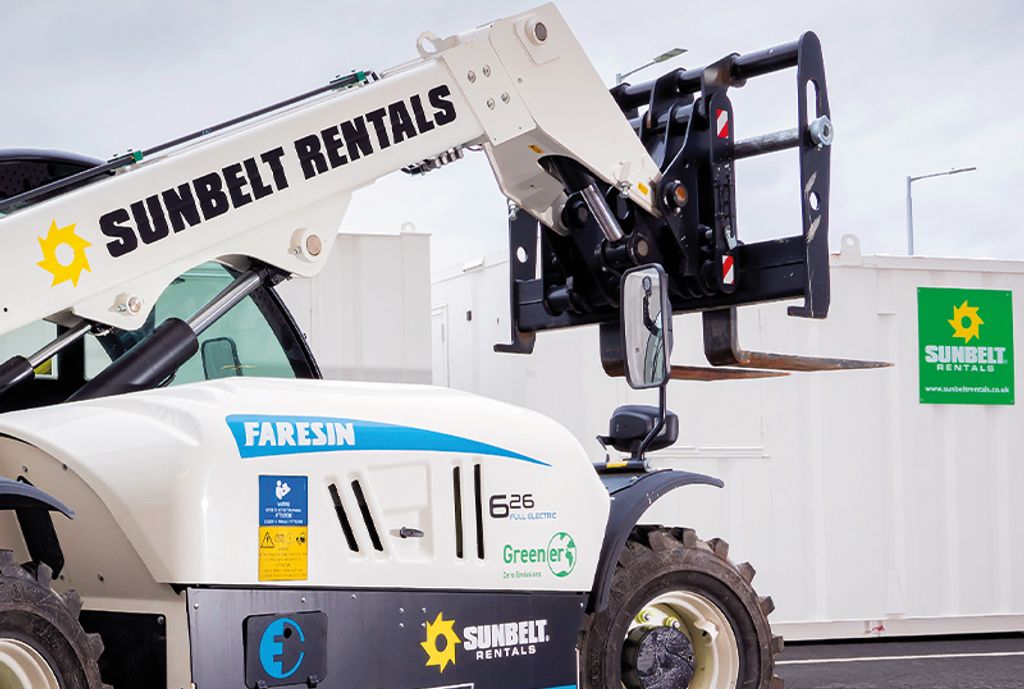Climate action
Advancing sustainability through the power of rental
Protecting the environment is not just the right thing to do; we believe rental has a significant part to play in the transition to a low carbon economy and as such sustainability is a key element of our business strategy. The environmental benefits of renting equipment rather than ownership accrue when many customers rent one piece of well-maintained and safe equipment only when they need it, as opposed to multiple customers purchasing that same piece of equipment, using it a few times, and then disposing of it.
Through our scale, processes and technology, we believe that we are better equipped to reduce the greenhouse gas (‘GHG’) impact of equipment ownership, operations and disposals than equipment operators. Our scale and market reach enable us to achieve a high utilisation rate for each piece of equipment, reducing the overall number of assets required to be manufactured. Our large inventory of rental assets means that our customers can use the right equipment for the right job. Furthermore, they can be given training to operate those machines in the most efficient way possible, minimising fuel consumption and carbon emissions during operation and, by positioning our assets where they are required, reducing transportation requirements. Furthermore, our rigorous maintenance programmes ensure all equipment performs at optimal capacity, maximising efficiency, extending its useful life and minimising environmental impact.
Finally, our investment in technology including battery electric vehicle fleets and telematics, combined with our geographic reach, enable us to reduce transportation emissions by maximising load capacity and route optimisation.

Our commitment
We have made a commitment to be Net Zero within our operations (Scope 1 and 2 emissions) by 2050. We have a tangible pathway to enable us to reach this goal. In the short-term, we have a target of a 50% reduction in Scope 1 and 2 GHG intensity (from a baseline of 2024), and we were progressing in line with our short-term target at April 2025.
We are focused on expanding electric and hybrid solutions applicable to light, medium and heavy-duty fleet, leveraging clustered markets to optimise deliveries and reduce miles driven and increasingly using renewable diesel, renewable electricity and expanding our LED lighting programme.
We know that our Net Zero pathway relies on innovation, advancements and refinements in technology and infrastructure. As such our Net Zero roadmap is dynamic and designed to be flexible as both known and unknown factors develop. Accordingly, we have structured our targets to align with the deployment of available technologies. We review our Net Zero road map and progress bi-annually.


